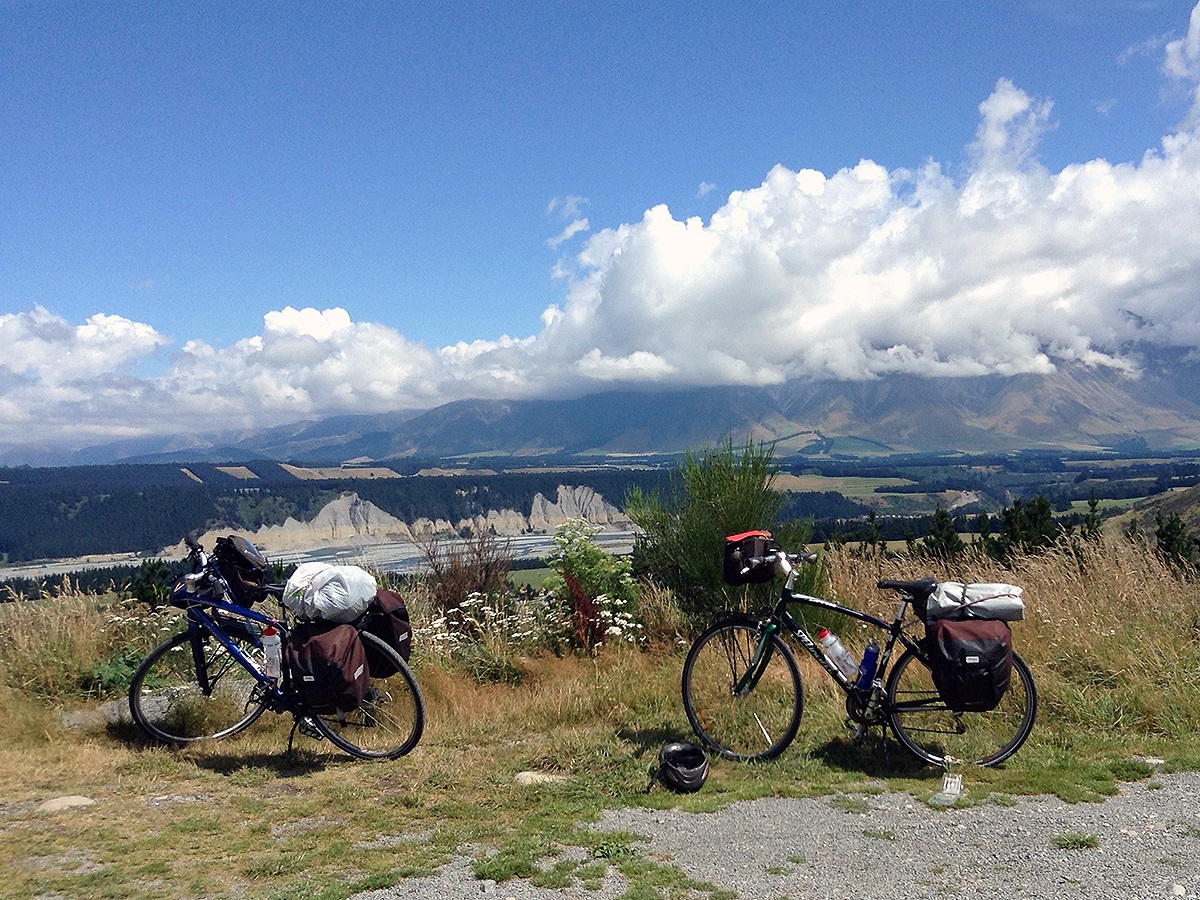How to Test Your Bike Touring Gear
You’ve planned your route, packed your panniers, and put your helmet on. Your tire pressure is just right, your lights are fully charged, and snacks are at the ready. Time to hit the road, right? Not so fast.
Chances are you may have forgotten one huge step, and that’s testing your bike touring gear. It’s one thing to gather all your gear, but it’s another thing entirely to test it out and make sure all the pieces work well together.
Bike touring is about exploring and having fun, so the last thing you want to be focusing on while you’re in the saddle is a gear malfunction, a mystery mechanical issue, or a too-late realization that those new shoes actually give you blisters.
In order to be fully in the moment on your bike tour, focusing on the quiet whir of your pedals and the whip of wind on your face, it’s important to thoroughly test your gear by planning ahead, practicing, and taking notes.
Plan Ahead
Don’t leave your gear testing until the last minute. Doing so is a classic rookie mistake that I wouldn’t want to make twice.
On my first bike tour, I’d never ridden with a set of loaded panniers. I was overseas and had rented everything, and the gear didn’t show up until an hour before I was set to leave. Let’s just say that the first 40 miles had a steep learning curve and lots of stopping to rearrange things.
Not only do you need to know how each piece of gear works but also how your full setup works together. Do your panniers sit well on your rack? What items need to go where to achieve maximum efficiency? Is everything adjusted well so that you can ride comfortably and not hit your heels on the side of your panniers?

These seemingly small details can make a huge difference when you’re actually out pedaling. The best way to ensure you don’t leave everything until the last minute is to have a schedule. Count back from your departure date and set deadlines for yourself for when you’ll have all your gear compiled, broken in, and tested.
Practice, Practice, Practice
An essential part of the process of planning ahead is actually getting out and doing a few practice rides with your full touring setup. Not only is this a good idea for training, but it will give you a chance to work out any kinks ahead of time and hopefully avoid unwelcome surprises on the trail.
If you’re setting off on a five-day bike tour, for example, plan to take your full touring setup out for an overnight. Pack your bike, wear what you plan to wear on your five-day trip, and carry similar food. Even if you just ride your bike to your friend’s house to camp in their backyard, you will at least have an idea of how your fully loaded bike handles.
Another way you can practice, test, and refine your setup is with other day rides, whether you’re commuting to the office or going on a longer scenic ride. These test runs are perhaps the most important thing you should do to ensure a successful bike tour. You’ll quickly find out if you’ve overpacked or incorrectly balanced the weight of your gear.
Be sure to do your test rides on varied terrain and in varied conditions to see how your setup responds in all the different situations you might encounter on your trip. What might feel like extra work at the moment will pay off later when your setup is as smooth as butter when it counts.
Take Notes
The final step in thoroughly testing your bike touring gear is to take notes. Have a dedicated place, whether in a notebook or in a digital spreadsheet, to record what worked and what didn’t.
What gear did you need to rearrange or adjust? What tweaks to your setup do you still need to make? What gear made the cut and what will be left behind? What items are on your wishlist that might improve future trips? Write it all down.
If you can get this down to a science, your next trip and all future ones will be that much easier and more successful. You’ll be grateful for your notes when it’s time to plan another trip because the details of what and how you packed and how you set up your bike will be right there for you to refer to.
Takeaways
Planning a bike tour takes a lot of work. Gear testing can easily be forgotten in the sea of route planning, food prep, and logistics. However, it’s one of those things you’ll thank yourself for later. With a bit of planning ahead, note-taking, and a few practice trials, you’ll be ready for anything your bike tour throws at you.


